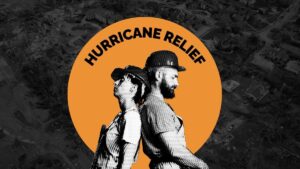Source: News & Observer
According to the News & Observer, rural clinics and health centers in North Carolina are struggling to meet their patients’ basic needs due to a lack of basic resources and doctors. Many residents are struggling to gain access to COVID vaccines, transportation and primary care doctors.
This is the reality for many rural areas in the country and surely the reality in rural North Carolina, where people who can’t afford, don’t have the opportunity, or simply do not want to live near a city don’t have access to the resources that allow for a healthy and fulfilling life. This further expands the historic wounds that rural areas in the state have.
Racism, poverty and decades of abandonment from the state steer communities to survive on their own, which leads them to not trust government efforts like vaccination campaigns, for example.
Investing in rural communities by bringing doctors, nurses, technicians, specialists, and mental health professionals to these areas will prove to locals that the state is to be trusted. That is the only way to finally put an end to this pandemic and tackle the future challenges our state will face.




